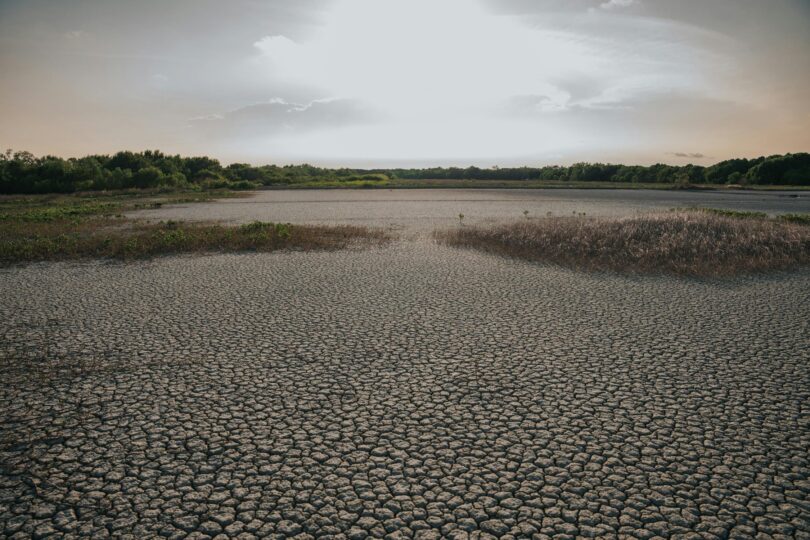Desertification is a pressing global issue that affects millions of people, especially in arid and semi-arid regions. This phenomenon leads to the degradation of land and a decline in productivity, threatening food security, water resources, and biodiversity. To combat desertification effectively, the adoption of sustainable land practices is essential. These practices not only restore degraded land but also promote resilience in ecosystems and communities.
1. Understanding Sustainable Land Practices
Sustainable land practices encompass a range of techniques aimed at maintaining or improving land productivity while preserving ecological health. These practices focus on efficient resource use, soil conservation, and enhancing biodiversity. Examples include agroforestry, conservation tillage, crop rotation, and integrated pest management.
- Agroforestry: This practice involves integrating trees and shrubs into agricultural landscapes, which helps improve soil quality, enhance biodiversity, and increase resilience to climate change. Research by the World Agroforestry Centre shows that agroforestry can significantly improve crop yields while providing additional benefits such as carbon sequestration and habitat for wildlife.
- Conservation Tillage: Reducing or eliminating tillage helps maintain soil structure, improve water retention, and reduce erosion. According to the Food and Agriculture Organization (FAO), conservation tillage can improve soil organic matter and reduce the carbon footprint of farming operations.
2. Enhancing Soil Health
Healthy soil is fundamental to combating desertification. Sustainable land practices that focus on soil health can restore degraded areas and enhance agricultural productivity.
- Soil Organic Matter (SOM): Increasing SOM through composting and cover cropping enhances soil fertility and moisture retention. The Global Soil Partnership emphasizes that improving SOM is crucial for maintaining productive agricultural systems and reducing vulnerability to desertification.
- Cover Cropping: Planting cover crops during off-seasons helps protect soil from erosion, improves soil structure, and increases nutrient availability. According to research published in Agronomy Journal, cover cropping can significantly reduce soil erosion rates and improve long-term soil fertility.
3. Water Management Strategies
Effective water management is critical in regions vulnerable to desertification. Sustainable land practices that optimize water use can mitigate the impacts of water scarcity and support agricultural resilience.
- Rainwater Harvesting: Collecting and storing rainwater for agricultural use can enhance water availability in dry regions. The United Nations Development Programme (UNDP) highlights that rainwater harvesting systems can significantly improve agricultural productivity in arid environments.
- Drip Irrigation: This efficient irrigation method delivers water directly to the plant roots, minimizing water waste and improving crop yields. Studies have shown that drip irrigation can increase water use efficiency by up to 90%, making it an essential tool for combating desertification in water-scarce areas.
4. Promoting Community Engagement and Education
The success of sustainable land practices relies on community involvement and awareness. Educating local populations about the benefits of sustainable agriculture and land management can empower them to adopt these practices.
- Participatory Approaches: Involving communities in the decision-making process regarding land use fosters ownership and commitment to sustainable practices. Programs that integrate local knowledge with scientific research can lead to more effective and culturally relevant solutions.
- Training and Capacity Building: Providing training sessions on sustainable land management practices equips communities with the skills needed to implement these techniques. The International Fund for Agricultural Development (IFAD) emphasizes the importance of capacity building in enhancing food security and resilience to climate change.
5. Policy Support and Incentives
Government policies play a crucial role in promoting sustainable land practices. Creating supportive frameworks and providing incentives can encourage the adoption of techniques that combat desertification.
- Subsidies and Financial Support: Offering financial incentives for farmers to adopt sustainable practices can accelerate the transition towards more resilient agricultural systems. The FAO recommends targeted subsidies for practices like agroforestry and conservation tillage as effective ways to combat desertification.
- Land Use Policies: Developing policies that prioritize sustainable land management can help protect vulnerable ecosystems and promote responsible agricultural practices. Integrated land use planning that considers environmental impacts can foster sustainable development while addressing the challenges of desertification.
Conclusion
Adopting sustainable land practices is essential for counteracting desertification and promoting resilience in vulnerable ecosystems and communities. By enhancing soil health, optimizing water management, and engaging local populations, we can restore degraded land and ensure a sustainable future for agricultural production. With the support of effective policies and community involvement, the fight against desertification can lead to healthier ecosystems and improved livelihoods for millions around the world.








Leave a Comment